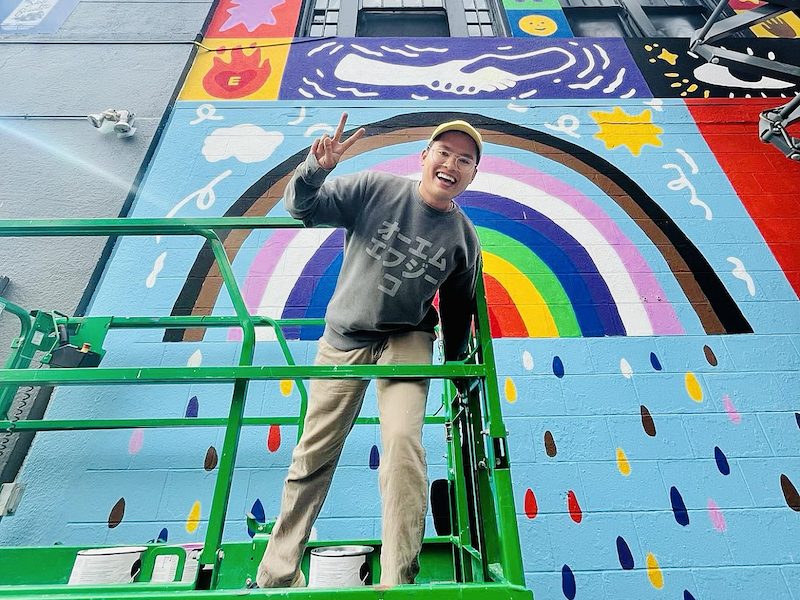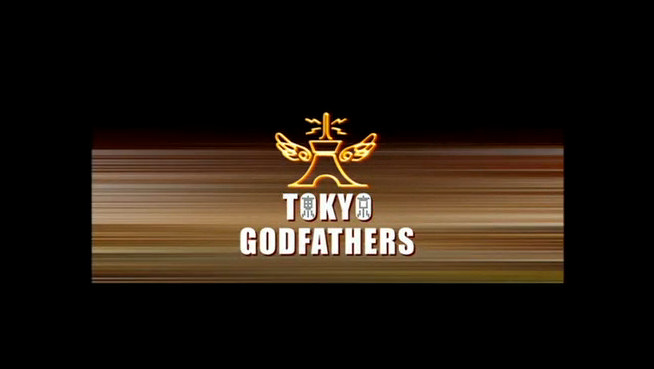Despite its minimalist, 13-stringed structure, the Japanese koto is a surprisingly versatile instrument in the hands of an expert like Mitsuki Dazai.
“This is a very simple structured musical instrument,” Dazai said. “But the composers make this instrument seem [to have a] variety of music.”
Dazai is the artistic director of Oregon Koto-Kai and an accomplished koto player in her own right, with over four decades of experience as a musician.
Her instrument of choice, the koto, is a curved length of carefully carved wood with 13 strings stretched over adjustable bridges. Despite the instrument’s enormous size, it is surprisingly light, and can be picked up comfortably with two hands. After several decades of performing, Dazai is able to unpack her koto, adjust the instrument’s multiple bridges and tune the koto’s six-foot long strings in less than a few minutes.
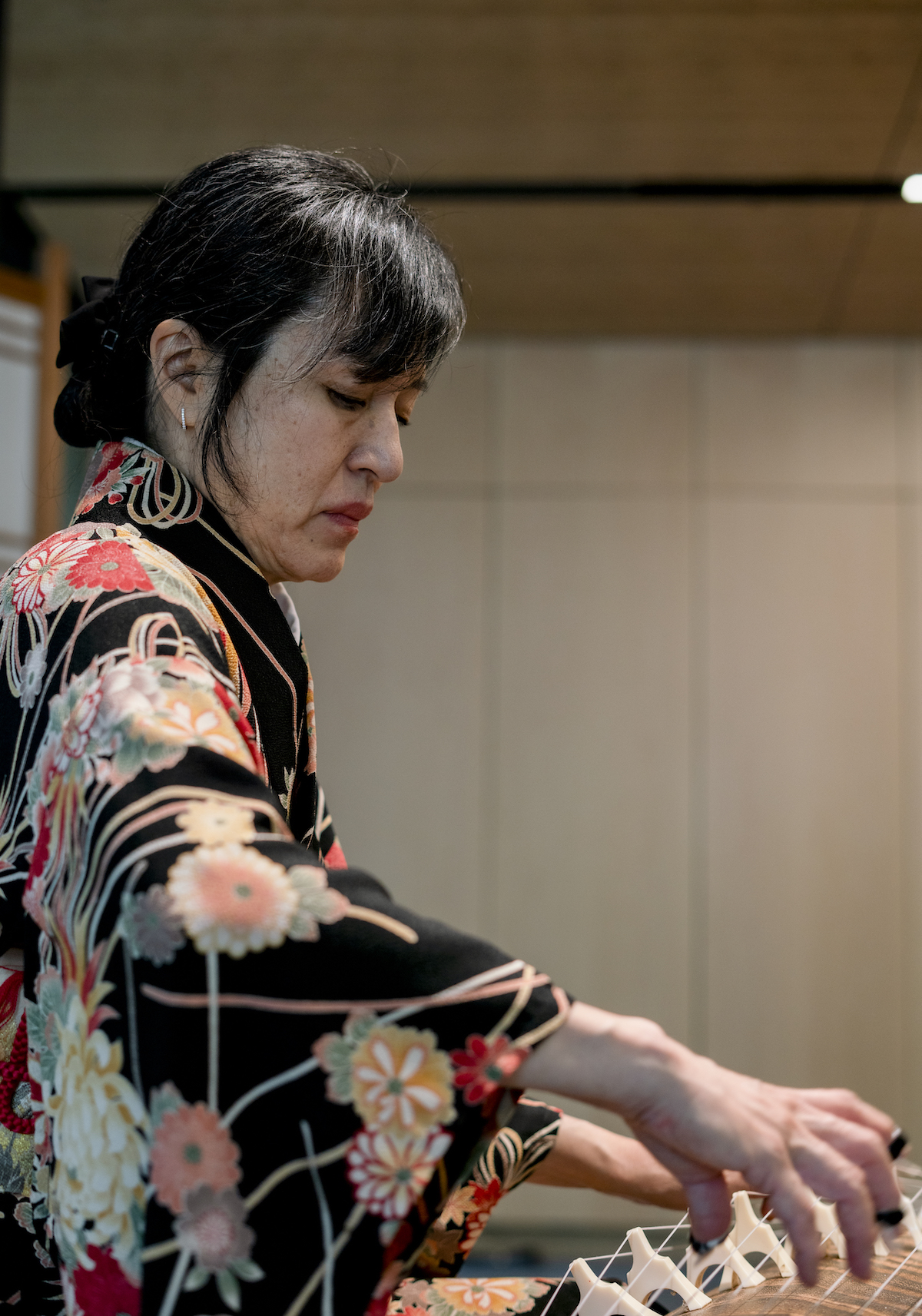
Originally from Japan, Dazai studied music in Tokyo at the Kunitachi College of Music and the Sawai Koto Conservatory. Dazai’s path to a career as a koto musician was a roundabout one, as she said that when she first enrolled in music college as a young adult, she didn’t intend to learn the koto.
“I went to the college to study Western classical music,” she said. During the time period Dazai grew up in, Japanese culture was intensely focused on Western music, partly because of an effort to reshape the country in the wake of World War II. “On the weekends, my parents played Western classical music, vinyl records, that I really enjoyed.”
After taking a class in ethnomusicology, however, Dazai said she was introduced to an entire world of Asian musical traditions.
“The ethnomusicology class opened my eyes very, very wide,” she said. “I thought it would be cool to take lessons for some Asian musical instrument[s].” After considering several instruments, including the Indian sitar and the Japanese sanshin, she settled on the koto, a culturally important instrument with a complex history.
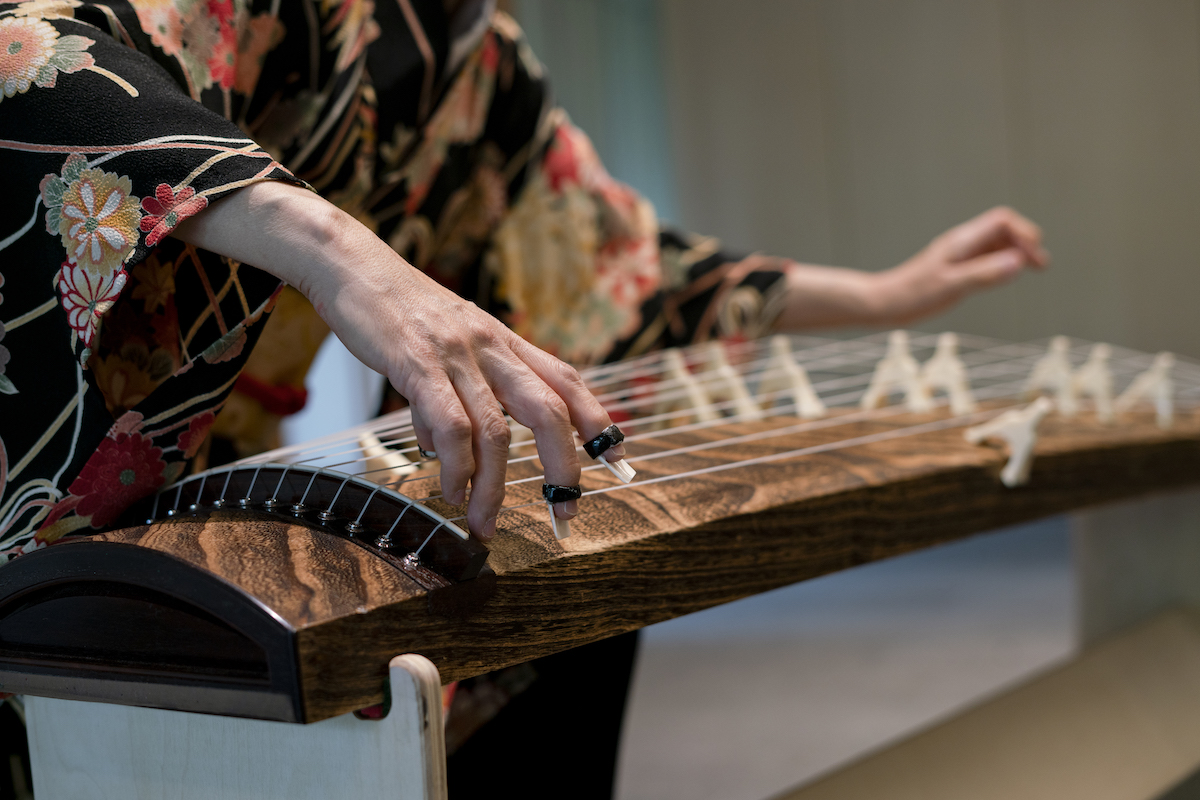
Despite its importance in Japanese culture, Dazai said that the koto actually originally came to Japan from China.
“This instrument was brought from the Chinese continent in the seventh century,” she said. “It has a long history.”
Originally, the koto was not a solo instrument, but rather part of a larger ensemble. Koto performances took place alongside complementary instruments, much like chamber music is performed in Western traditions.
“I don’t know when exactly, but at some point in time, someone took out this instrument from the ensemble,” Dazai said. “It was [then] played as an individual instrument.”
From there, Japanese musicians and composers developed solo koto performances into a truly Japanese artform. Additionally, the policy of isolationism that Japan had for most of its history meant that koto performers were cut off from similar musical traditions in China and other parts of Asia.
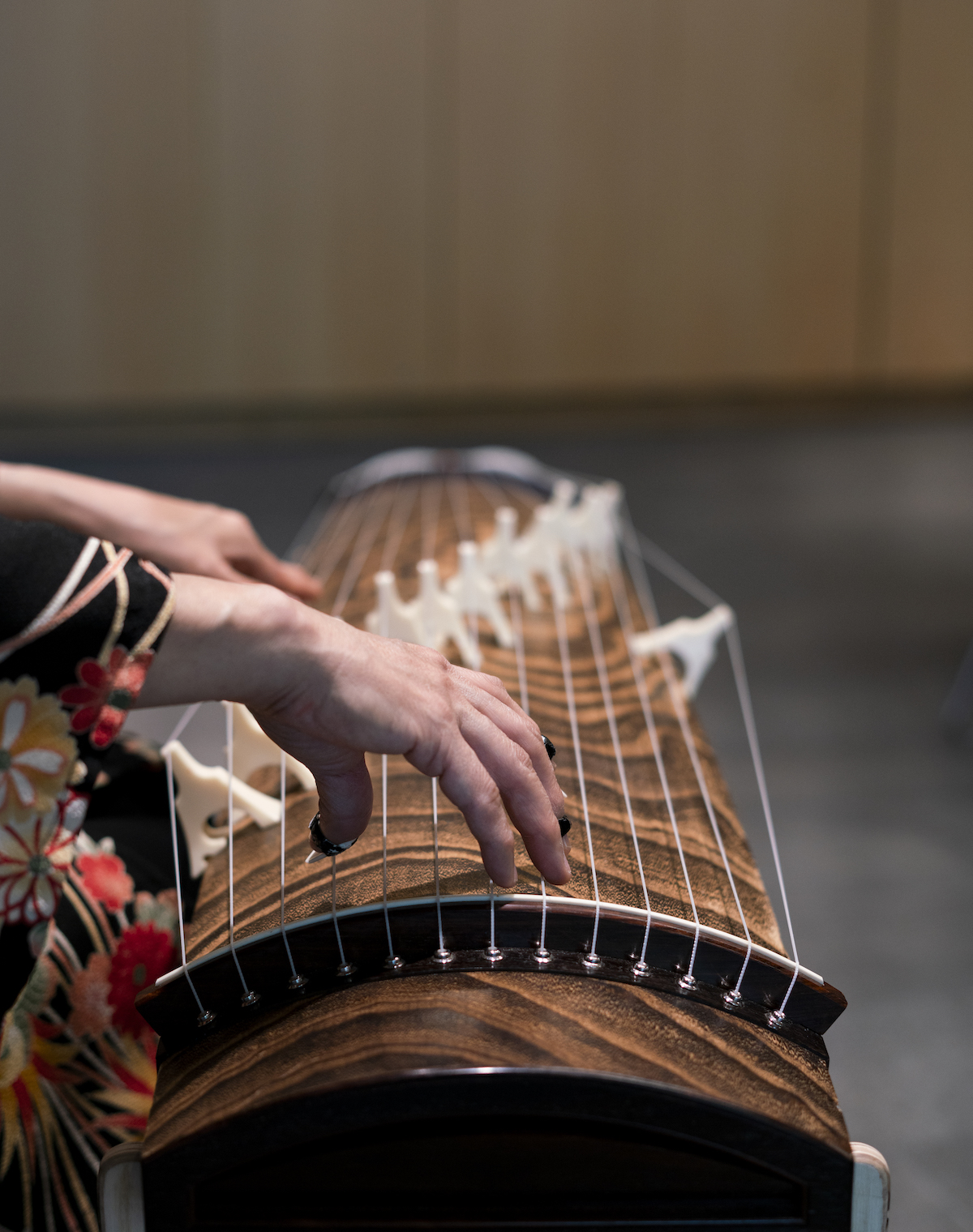
“Since Japan was isolated for such a long time, they created their own music,” Dazai said. Much of the music performed by her and her fellow musicians was written during this period of isolation, making the musical score itself uniquely Japanese, despite the instrument’s Chinese origins.
Today, Dazai continues the long tradition of Japanese koto performance outside of her home country, in the United States. Interestingly, Dazai said that being removed from her homeland of Japan actually helped her appreciate Japanese culture more.
“I was living in Japan many, many, many years,” she said. “I was born there, I grew up there. I didn’t appreciate Japanese culture because it was there. I left Japan, I discovered Japanese culture…more and more I appreciate [it].”
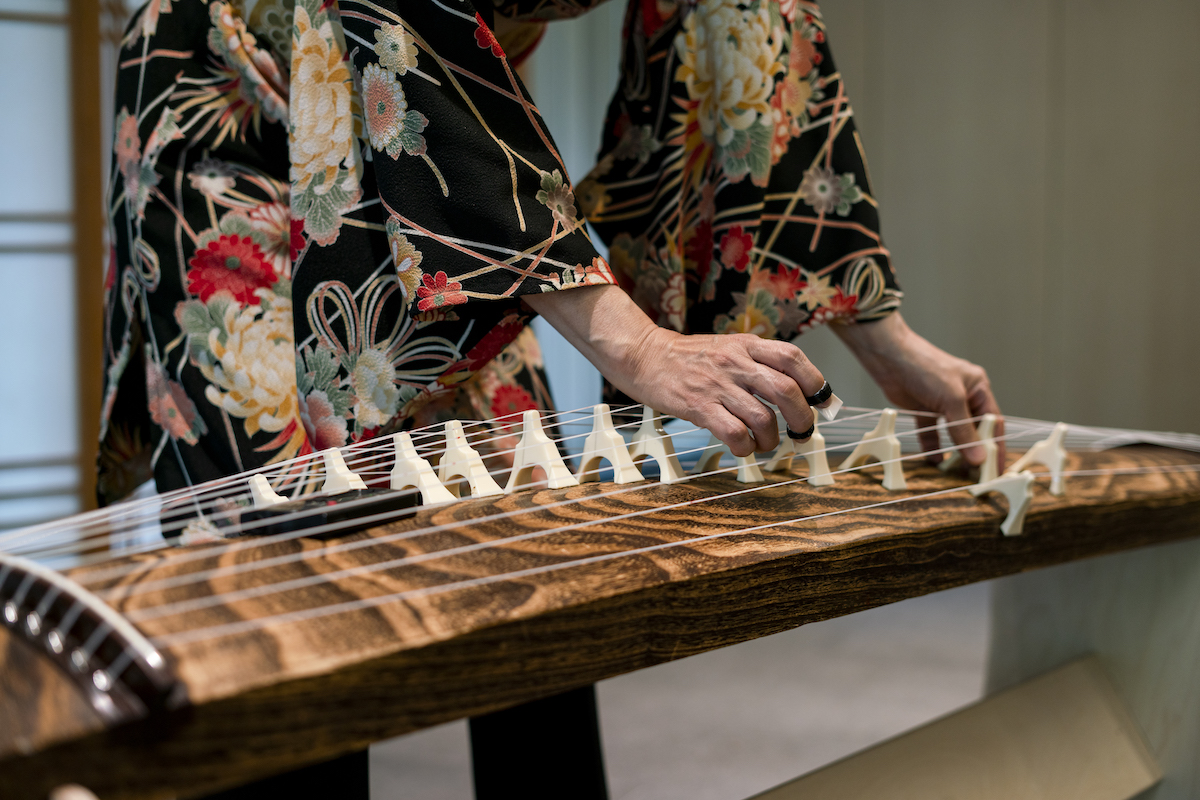
In addition to performing koto and organizing musical projects, Dazai also teaches koto. She said that many of her Japanese students had the same experience with appreciating their home culture that she did. In addition to teaching, Dazai shares Japanese culture by playing at the Portland Japanese Garden, where she regularly performs on weekends. She said that the performances, and the garden in general, are a great bridge between the cultures of the U.S. and Japan.
“It’s such a lovely place,” she said. “It’s not only providing a beautiful environment, [but it is] also introducing Japanese culture.”
Dazai said that her relationship with the koto has been a source of both personal meaning and cultural identity.
“It’s nice to have something you really love,” she said.



